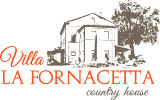
San Ginesio
Known as the “Balcony of the Sibillini” for the vast horizon that unfolds from the ‘Monti Azzurri’ to the ‘Vettore’ and the ‘Gran Sasso’. Rich in history, reenactments, traditions, the village offers travellers cultural tours and peculiar events.
NATURE
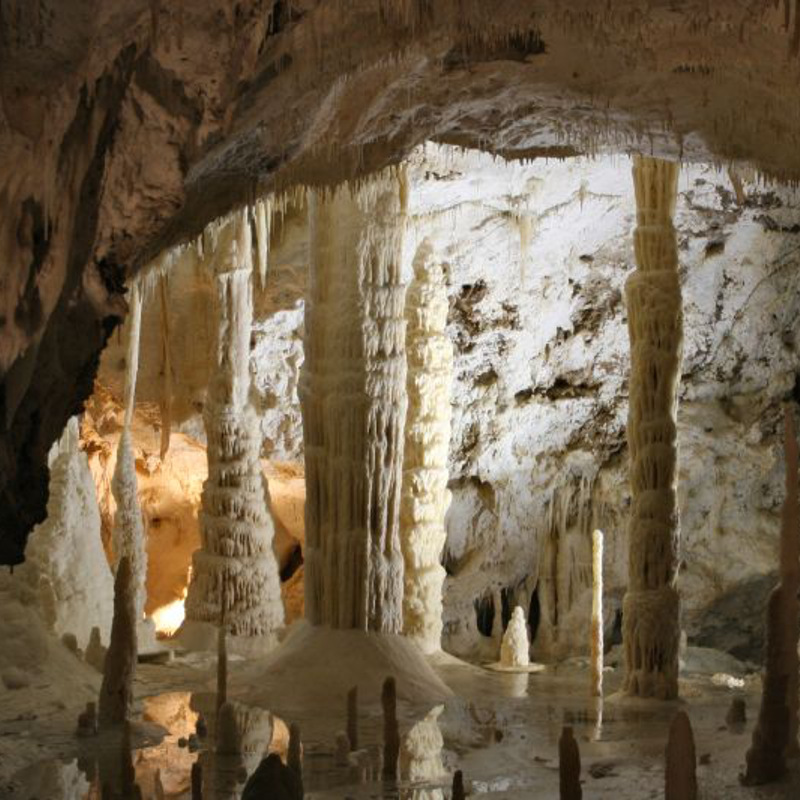
FRASASSI CAVES
The Frasassi Caves are about an hour’s drive from La Fornacetta and one of the most interesting and beautiful attractions of the Italian territory. The Frasassi Caves are known for the stalactites and stalagmites, secular limestone concentrations of different forms. The Frasassi Caves are a popular destination for speleology and nature lovers.

LAKE FIASTRA
About 20 minutes’ drive from La Fornacetta is located the Lake Fiastra. The Lake Fiastra is an artificial lake built in 1955 in order to provide electricity to the Valley of Fiastrone and is located in Fiastra in the Province of Macerata in Le Marche.
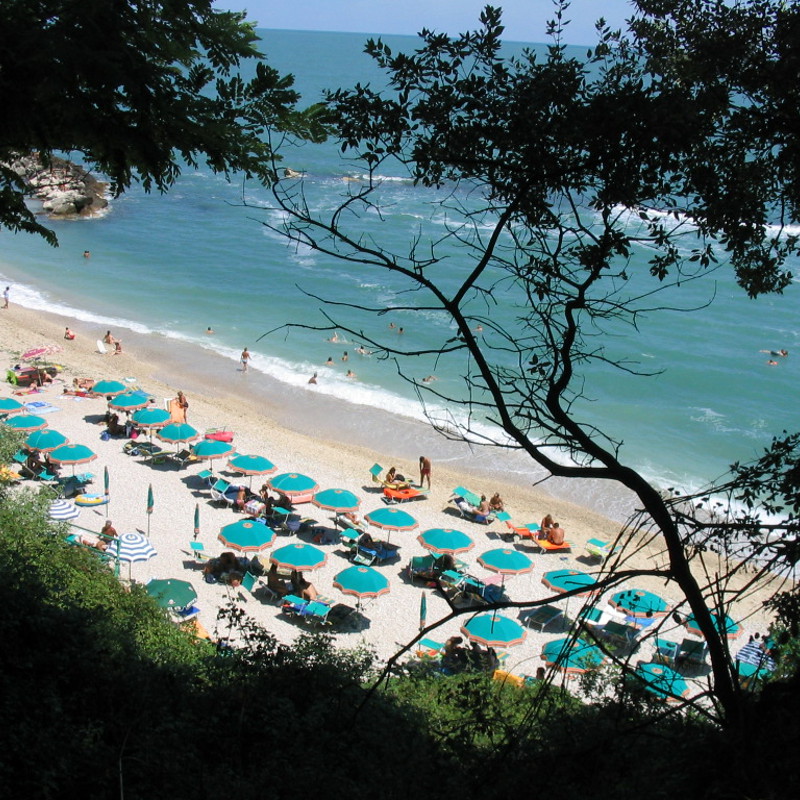
CONERO RIVIERA
About an hour’s drive from La Fornacetta it is possible to find the famous Conero Riviera, which represents a world apart along the Adriatic coast. Under a mountain that rises abruptly above the sea, there are white pebble beaches and secret coves. This oasis of peace and nature, set in the most touristic coast of Italy, is a protected area since 1987: the Park of Mount Conero. A must for hikers and nature lovers.
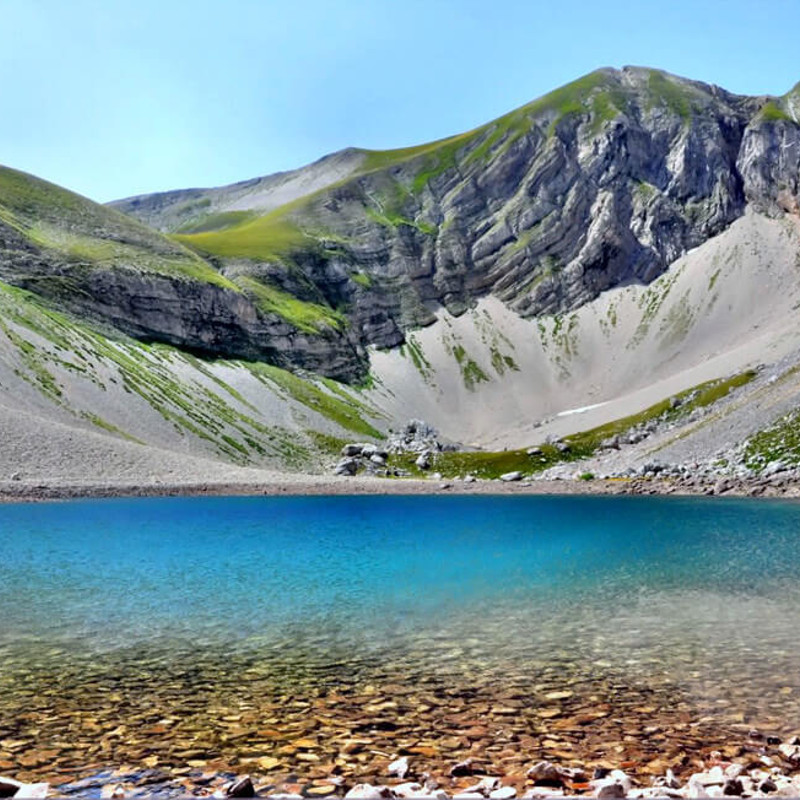
SIBILLINI MOUNTAINS
About 15 minutes’ drive from La Fornacetta there are the Sibillini Mountains. The Sibillini Mountains are the fourth mountain range for height of the continental Apennines after Gran Sasso, Maiella and Velino-Sirente and it is located in the Umbria-Marche Apennines, along the primary watershed of the central Apennines, between Marche and Umbria, specifically between the provinces of Ascoli Piceno, Fermo, Macerata, and Perugia, hosting the homonymous National Park of the Sibillini Mountains.
HISTORY
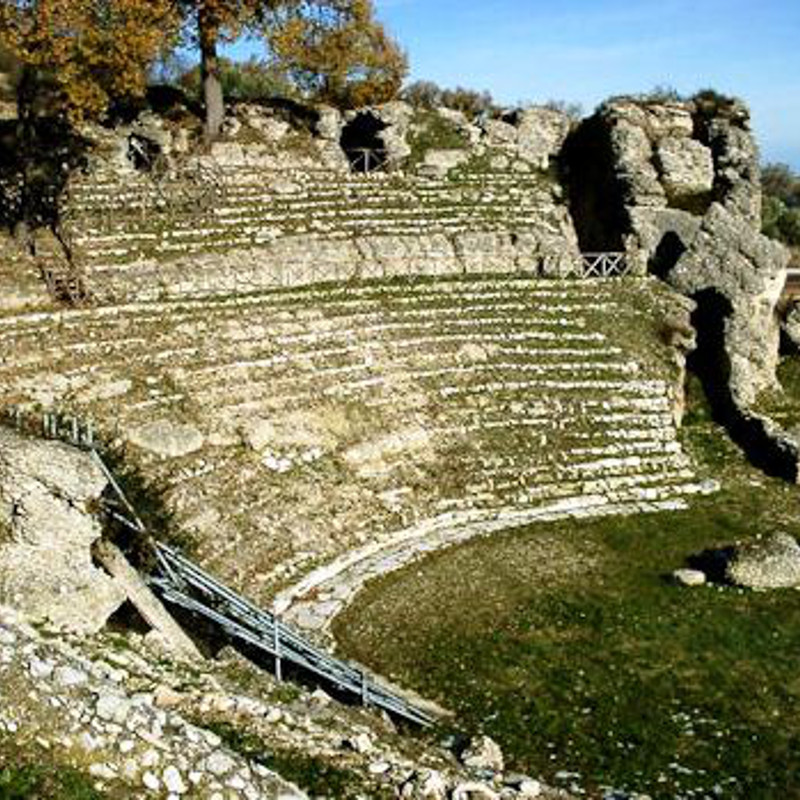
URBS SALVIA ARCHAELOGICAL PARK
About 15 minutes’ drive from La Fornacetta is located the archaeological site of Urbisaglia, located in the ancient Roman colony of Urbs Salvia, a place at the intersection of two major roads that linked Firmum (today Fermo) with Septempeda (today San Severino Marche) and the Salaria Gallica that led from Ausculum (today Ascoli Piceno) to the via Flaminia and Ancona.
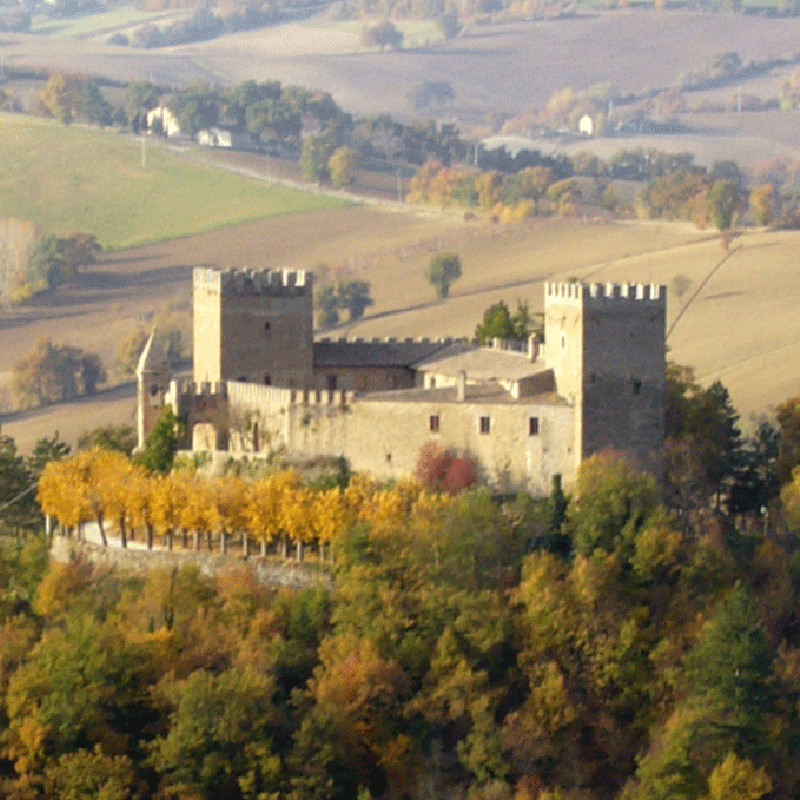
ROCCA D'AJELLO
About 40 minutes’ drive from La Fornacetta is located Rocca D’Ajello. Rocca D’Ajello is an ancient fortress belonged to the Dukes of Varano, lords of Camerino between the XIII and the XVI centuries.
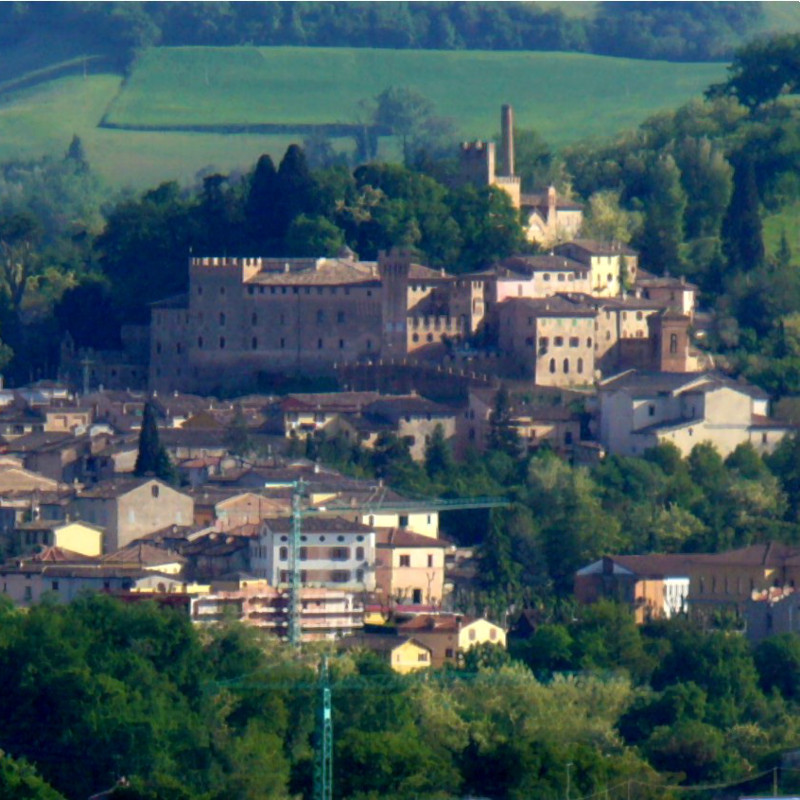
PALLOTTA CASTLE
About 15 minutes’ drive from La Fornacetta is located the Castle Pallotta of Caldarola. The castle was built around the second half of the IX century and underwent a radical change towards the end of the XVI century when it was transformed into a beautiful residence in Renaissance style. The castle still preserves all the walls, the Guelph battlements, the chemin de rondes and the drawbridge intact, and in the inside every single detail is still placed in its original context..
Culture and Religion
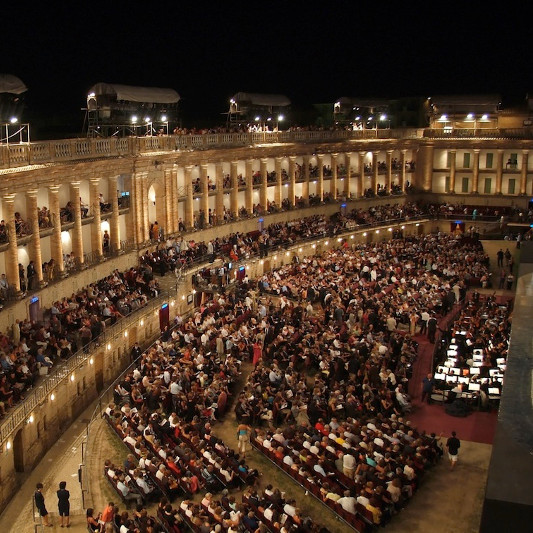
SFERISTERIO OF MACERATA
Approximately 25 minutes’s drive from La Fornacetta there is the Sferisterio. The Sferisterio of Macerata is a unique theatrical structure, appreciated by many singers and orchestra leaders for its excellent acoustics. The building was designed in 1823, its name and particular structure derives from its intended use as a place for an ancient Italian national sport known as ‘pallone col bracciale’.
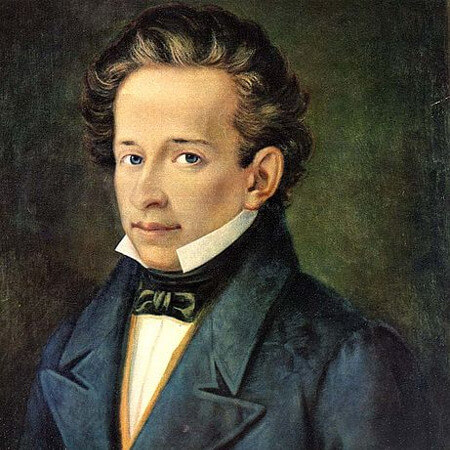
GIACOMO LEOPARDI
About 35 minutes’ drive from La Fornacetta is located Recanati, birthplace of Giacomo Leopardi. He is considered the greatest XIX century Italian poet and one of the most important figures of world literature, as well as one of the major figures of Romanticism. The extraordinary lyrical quality of his poetry made him a central protagonist in the European and international literary and cultural background.
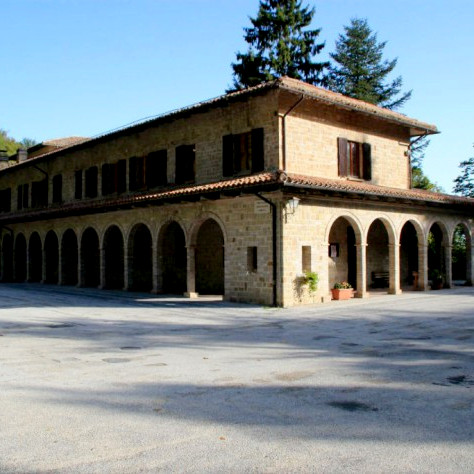
SAN LIBERATO HERMITAGE
About 10 minutes’ drive from La Fornacetta it is possible to find the Hermitage of San Liberato. The hermitage was named Sanctuary of Saint Liberato in 1421. In 1697 the popular fervour towards the Saint grew when one of his images, painted in 1498, was seen sweating. In 1703 a reconnaissance of the Saint’s sacred remains was carried out and even in that occasion his image painted on the wall of the tomb was seen sweating, releasing a pleasant fragrance.
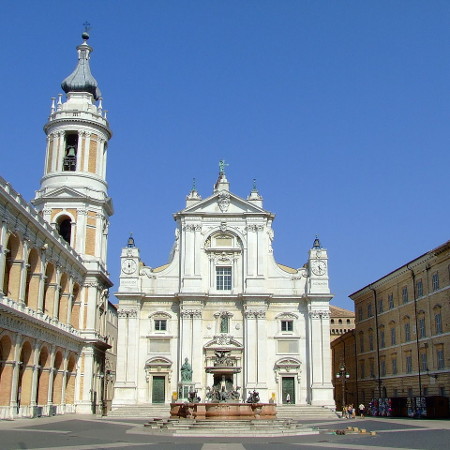
SANCTUARY OF THE HOLY HOUSE OF LORETO
About 35 minutes’ drive from La Fornacetta is located the Sanctuary of the Santa Casa di Loreto.
“The Santa Casa di Loreto is the first Sanctuary dedicated to the Virgin and the true Marian heart of Christianity” (Pope John Paul II).
